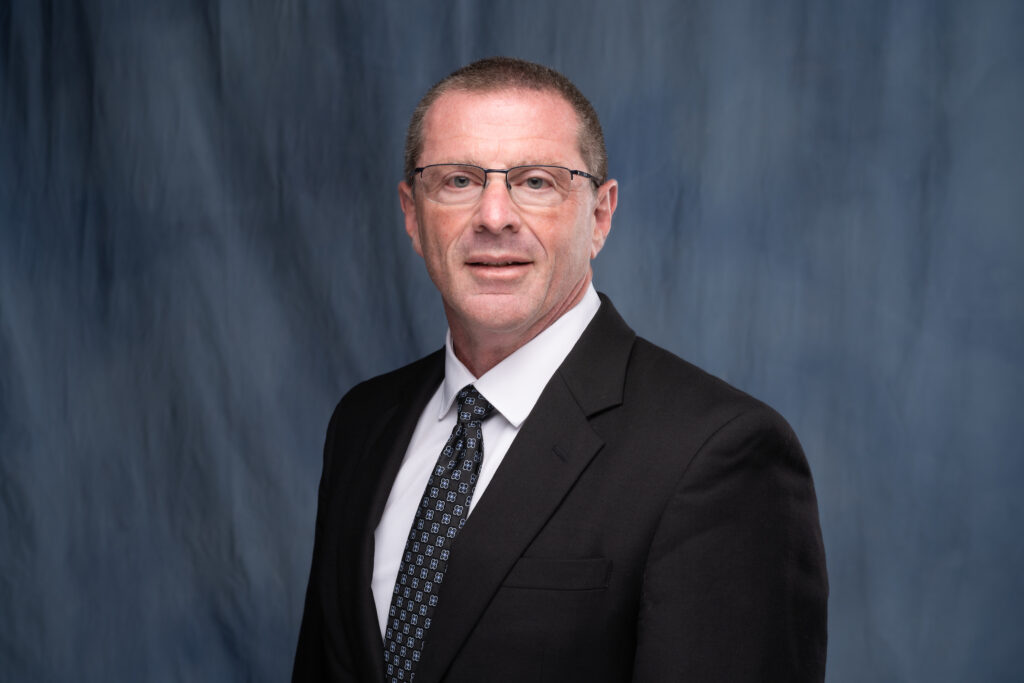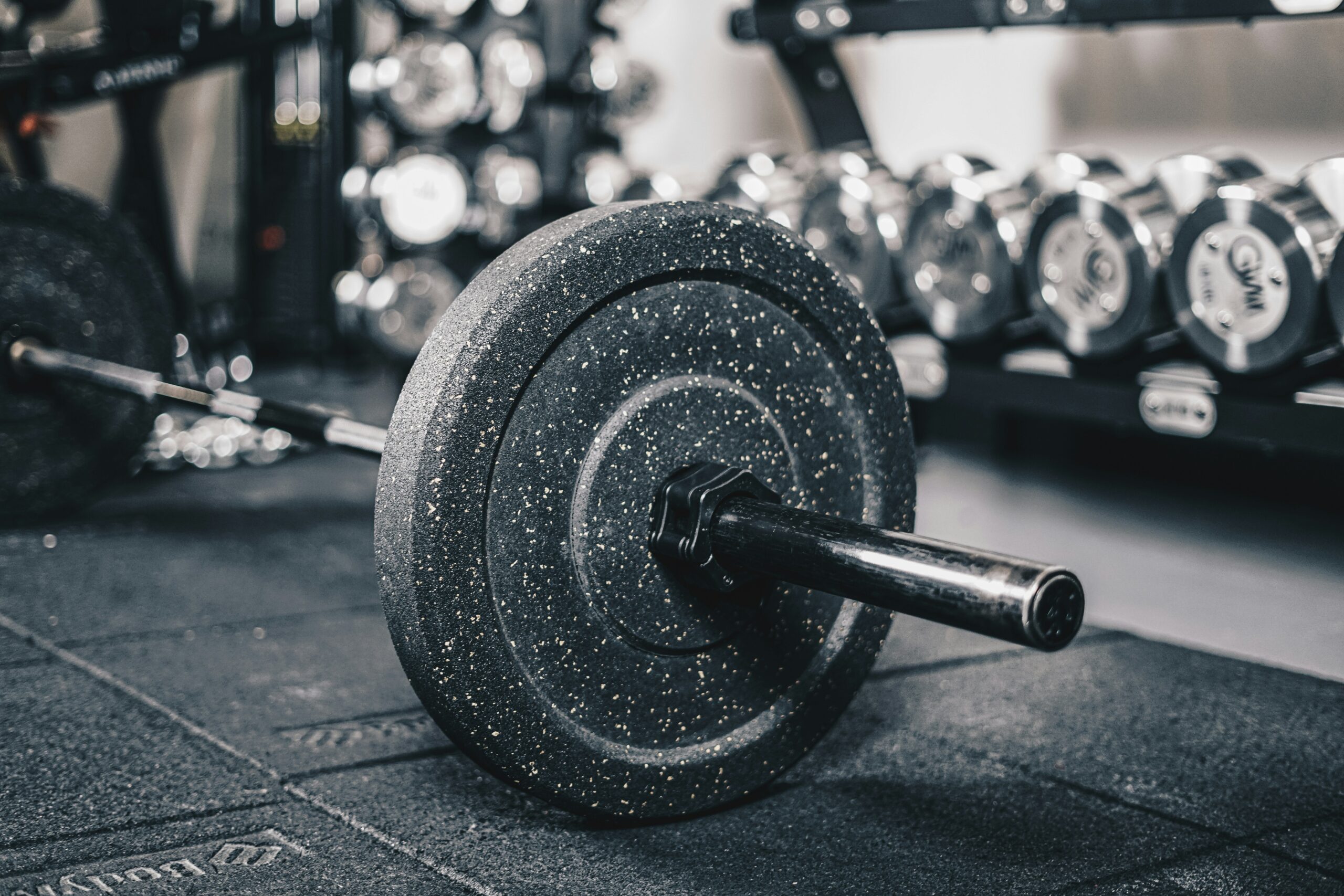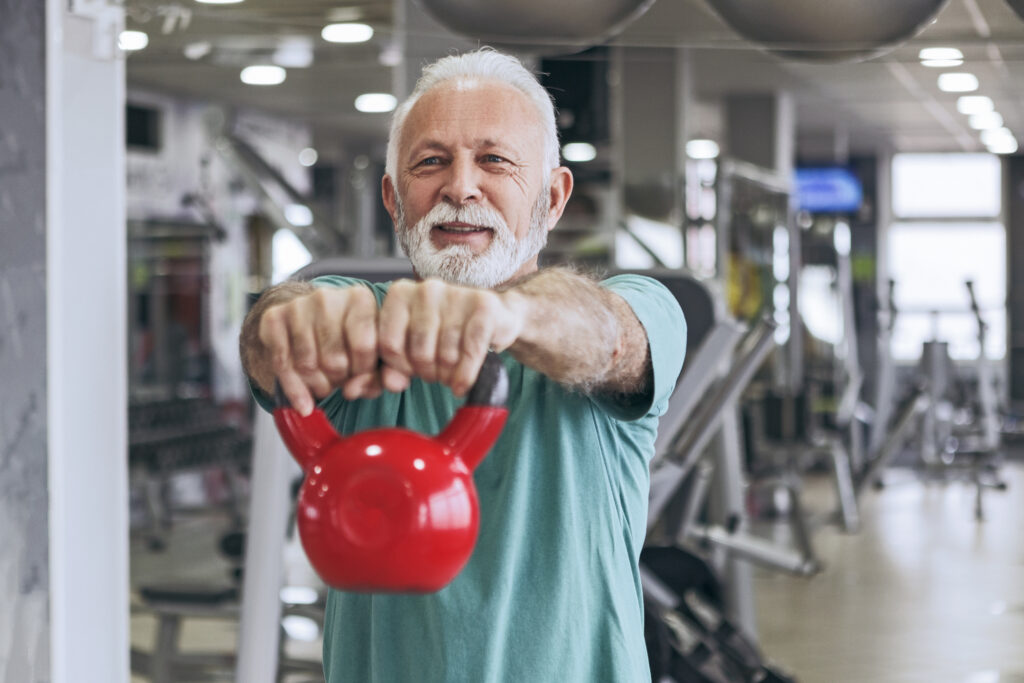Osteoarthritis (OA) is the most common musculoskeletal disorder globally, affecting nearly 600 million people, or 7.6% of the population. Pain and loss of physical function are often the main limiting factors that impede aging adults from living a fulfilling, active life. While a well-rounded exercise program is recommended for OA management, strength and power training are often overlooked as primary elements of an OA treatment program. Typically, the exercise focus for this population centers on aerobic activity, such as walking, low-impact rhythmic or whole-body movements. We share here the value and untapped clinical potential of strength and power training for OA.
Strength training focuses on the muscle’s ability to contract and produce force, whereas power training emphasizes the ability to produce force per unit of time. OA, especially in aging adults, is associated with a 1-2% annual loss of leg strength and 3.5% annual leg power loss. Despite having a greater impact on performance of daily activities when compared to leg strength, leg muscle power has often been overlooked as a target for OA exercise programs. This is unfortunate, as strength, power, pain and function are interrelated: Power and strength losses are proportionally accompanied by increased joint pain, functional limitations and increased risk of falling compared to similar people with greater levels of muscle function.
The good news is that participation in strengthening exercise throughout life can combat these issues by increasing muscle size and strength while lowering the risk for joint pain and OA in later life by 18-23%. Encouraging people at risk for OA earlier in life to engage in muscle strengthening activity may help delay OA onset and preserve joint health. It’s never too late to start — even starting in mid-life optimizes functional reserve and minimizes disability risk in late life (after the age of 70). Emerging evidence shows that power training programs, whether performed with weights, a weighted vest or in a pool, can help lower pain and improve function in people with OA. Power training involves rapid, explosive shortening muscle contractions and controlled lengthening actions over two to three seconds during a movement, which mimics many real-life activities performed by people with OA.
For muscle strengthening, the American College of Sports Medicine® (ACSM) and osteoarthritis organizations such as Osteoarthritis Research International (OARSI) support an exercise program with aerobic, flexibility/neuromotor and strength elements for OA. ACSM advises a minimum of two sessions per week of muscle strengthening activity — two to three sets of eight to twelve repetitions incorporating exercises for all major muscle groups. Initial intensity is advised to be ~50-60% of maximal strength values, with gradual progression over time. New findings suggest that pain and functional benefits are more closely linked to the number of sessions and overall time in the program rather than sets, intensity, repetitions or maximal strength achieved. High intensity training has similar health benefits as low intensity training in OA, so individuals should exercise at the intensity that works for them. Consistency in participation is key to OA symptom management, regardless of intensity. Equally important, at least 12 sessions need to be completed to achieve and sustain pain reduction when starting a strength training regimen. Also, individuals respond differently to the same exercise stimulus, and programming will likely require customized modifications. Some people experience large pain reductions or pain resolution, whereas others do not respond at all or feel worsening pain.
The following are two examples of how strengthening and power can be modified on a case-by-case basis:
- A triathlete with OA, accustomed to exercise discomfort and heavy conditioning, may simply need to reduce the volume of high impact running while increasing the strength and power sessions per week to minimize pain while maintaining cardiorespiratory fitness.
- A sedentary person with OA starting an exercise program may need to initially keep painful aerobic impact activity to a minimum while first engaging in strength and power sessions to increase joint-loading tolerance. Over time, as pain is improved, select impact-loading activities may be gradually introduced.
Our work has shown that strength training benefits extend beyond muscle among adults with OA and common comorbid conditions. For example,using the ACSM guidelines, we found that moderate strength training can lower exertional blood pressures during other intensive activities like uphill treadmill walking and lower heart disease risk factors like homocysteine.
Power and strength training are not without risks, however. Joint impact associated with some power activities may temporarily aggravate OA joint pain or worsen symptoms. Some types of strength training movements, such as high-force lengthening actions (eccentric), may also temporarily worsen joint pain. Reducing the impact or load, substituting activities that irritate the joint to those that do not or performing exercise in a pool are ways to solve this issue.
Clinical providers play a vital role in encouraging patients to engage in strength and power exercise training for OA prevention before and during mid-life, and management later in life. Exercise professionals can be creative by incorporating these elements into exercise prescriptions to optimize functional gains and pain relief.
Banner image courtesy of Ambitious Studio/Rick Barrett via Unsplash.
About the Authors

Heather K. Vincent, PhD, FACSM, is the vice chair of research at the University of Florida (UF) Department of Physical Medicine and Rehabilitation and the director of the UF Health Sport Performance Center. She chairs the ACSM Consumer Outreach Committee and serves on the ACSM Board of Trustees. Her expertise includes exercise medicine, physical function and injury-prevention programs across the lifespan. With over 25 years of experience in the field, she interfaces with clinical, research and patient partners to advance the science of human performance.

Kevin R. Vincent, MD, PhD, FACSM, is an internationally recognized leader in sports medicine, musculoskeletal health and rehabilitation. As a Team USA physician in The Orthopaedic Institute, Dr. Vincent has advanced the performance, health and safety of runners of all ages and skill levels. He chairs the ACSM Medical Education Committee and has served on presidential task forces and numerous ACSM committees, including Program Planning and Clinical Sports Medicine Leadership. Dr. Vincent has published extensively in sports medicine, resistance exercise, sports nutrition and biomechanics.




